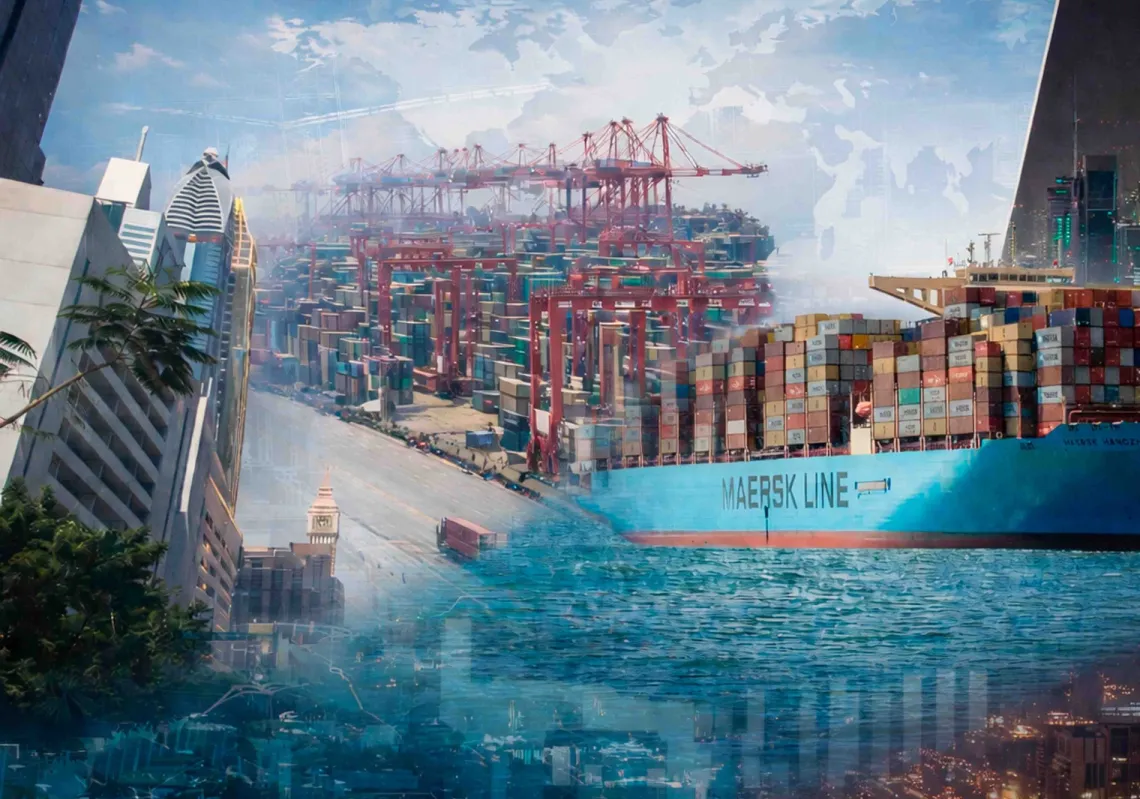The beauty of the coral reefs in the Red Sea was witnessed first-hand by John Kerry, United States climate envoy. While he and other delegates were attending Cop27 in Sharm El Sheikh, they took time away from the negotiations and speeches to explore a portion of the reef for themselves. According to the New York Times, they saw a blue-spotted stingray, a six-foot-long moray eel and schools of lunar fusiliers.
But ‘a tourist from northern England, said she and her partner swam closer to what she thought was a group of jellyfish, then realised with dismay that it was an array of plastic bags, coffee cups and chocolate bar wrappers’.
Still, any English tourist knows things could be a lot worse. Pollution along the English coastline is depressingly familiar, and not just with plastic. The behaviour of privatised water companies has led to raw sewage being deliberately poured into the rivers and arriving on beaches.
The problem has got so bad that holidaymakers avoid bathing in some areas and there is even a protest group known as Surfers Against Sewage, or SAS. In this instance, ‘who dares wins’ means surfing without the risk of diarrhoea and vomiting.
Growing problem
Tourists come to the reefs for more aesthetic reasons. The plight of the world’s reefs, however, is well known, and it’s a far bigger problem than plastic bags replacing jellyfish. In the case of the Great Barrier Reef in Australia, the largest living structure on earth, perhaps half the reef area has been lost to coral bleaching.
This is a direct effect of increases in the warmth of the oceans. The coral, which is an animal, depends on algae inside to photosynthesise the sunlight. When the algae are killed by overheating, the coral loses its colour and the reef dies. Terry Hughes, an expert on the Barrier Reef, was moved to tears when he described the resulting devastation.
Coral reef expert Professor Terry Hughes says of the 520 reefs surveyed, only four showed no evidence of bleaching pic.twitter.com/8Tiadyc27a
— abc730 (@abc730) March 28, 2016
In the case of the Red Sea coral, there are risks of toxic waste from oil refineries, the spills of oil, destructive fishing methods, and even the anchors dropped by boats taking tourists to see the reef, yet the risk of overheating is not as acute as elsewhere in the world. It seems that around 10,000 years ago, after the ice age, the larvae of the coral here had to pass through high temperatures in the south, at the Bab al-Mandeb Strait, before they could become established.
As a consequence, only the most heat-resistant larvae survived. They are able to withstand temperatures as much as 7 degrees Celsius above the summer maximum. It is even possible that such coral, which can tolerate heat stress, might one day be transferred to repopulate damaged reefs.















